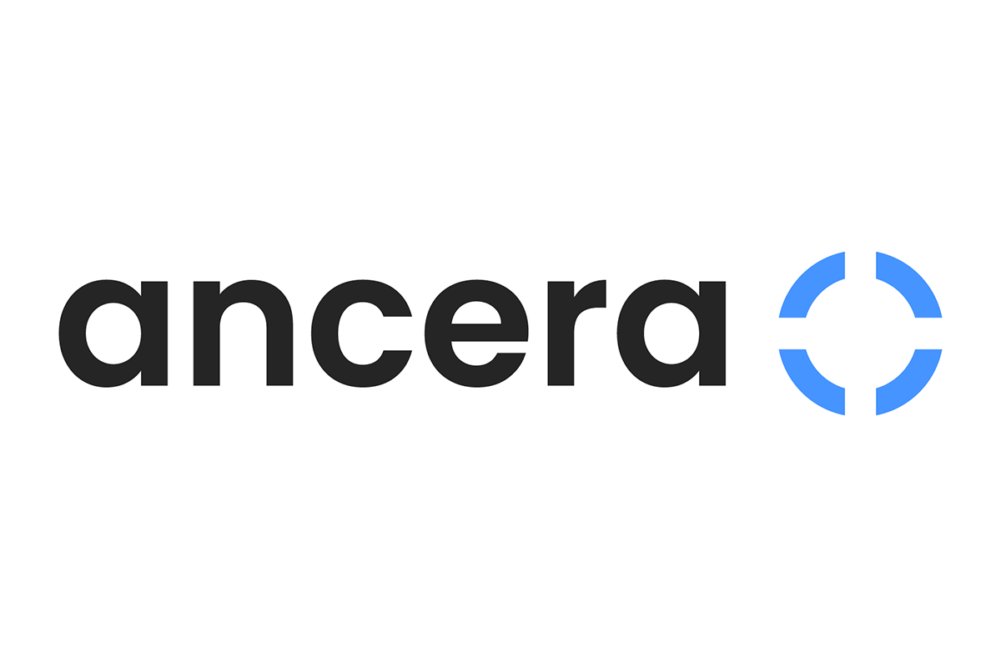BRANFORD, CT. — Ancera launched a Salmonella System Monitoring (SSM) software to deliver deeper and more timely insights around Salmonella throughout the poultry supply chain.
Tapping into its comprehensive network of mobile surveillance systems, CRISPR databases, epidemiological models and software warning systems, Ancera looks to support the US poultry industry with its software while reducing risk and improving margins.
“As the animal protein industry faces increasing economic and regulatory pressure, Ancera is empowering the poultry industry to reduce threats and increase margins through better intelligence,” said Arjun Ganesan, chief executive officer of Ancera. “This is about more than improving brand equity — our technology and approach to commercializing this intel is transformative for the industry. Our beta customers are already doing more to understand and de-risk their supply chains than any company in the history of poultry production. This technology is fundamentally streamlining the productivity and efficiency of the supply chain.”
The platform is built on foundational diagnostic CRISPR-SeroSeq technology developed by Dr. Nikki Shariat and researchers from the University of Georgia’s Poultry Diagnostic and Research Center in the College of Veterinary Medicine.
Ancera commercialized the technology with high-throughput monitoring techniques and risk analytics software to deliver critical intelligence for timely and effective interventions. The company said its new platform offers a “BioBarrier” against Salmonella through surveillance systems and big data analytics for improved poultry productivity and compliance.
The launch of Ancera SSM follows a recent initiative from the US Department of Agriculture’s Agricultural Research Service (ARS) known as the Salmonella Grand Challenge. By better understanding how and where Salmonella causes high risk to meat and poultry products, ARS looks to cut the number of people infected by Salmonella by 25% by 2030.
Ancera said that approximately 2,500 Salmonella serotypes exist, and the company believes sophisticated technology and systems are the key to identifying systematic risks and determining effective control strategies.




